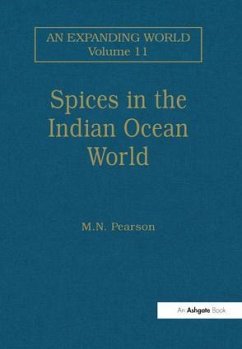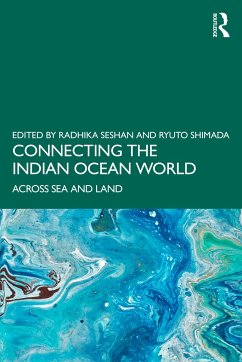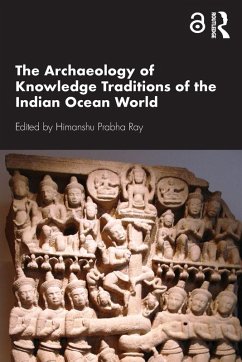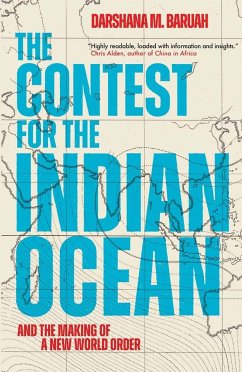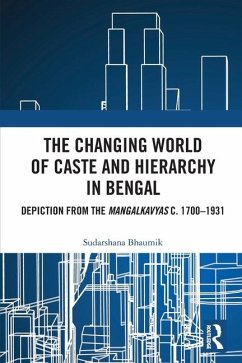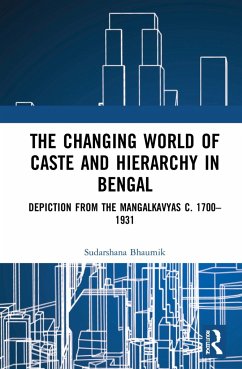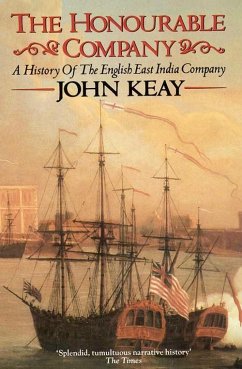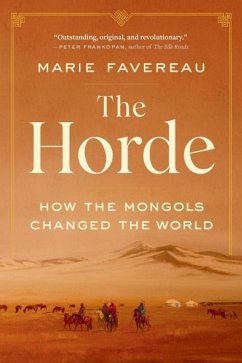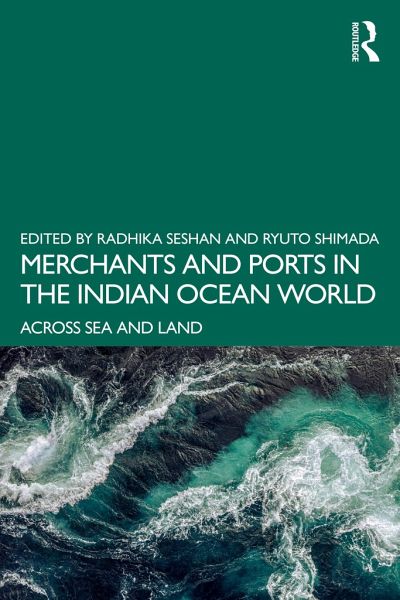
Merchants and Ports in the Indian Ocean World
Across Sea and Land
Herausgegeben: Seshan, Radhika; Shimada, Ryuto
Versandkostenfrei!
Versandfertig in 6-10 Tagen
45,99 €
inkl. MwSt.
Weitere Ausgaben:

PAYBACK Punkte
23 °P sammeln!
The Indian Ocean world has a rich history of socio-economic and cultural exchanges across time and space. This book and its companion, Connecting the Indian Ocean World explore these connections around the wider Indian Ocean world.The book looks at the extensive range of maritime networks that criss-crossed pre-modern Asia and the Indian Ocean region connecting ports, peoples and cultures. It explores the connected histories of these regions and the movement of merchants, commodities and money which created the multi-cultural and cosmopolitan port cities like Surat and Nagasaki. With contribut...
The Indian Ocean world has a rich history of socio-economic and cultural exchanges across time and space. This book and its companion, Connecting the Indian Ocean World explore these connections around the wider Indian Ocean world.
The book looks at the extensive range of maritime networks that criss-crossed pre-modern Asia and the Indian Ocean region connecting ports, peoples and cultures. It explores the connected histories of these regions and the movement of merchants, commodities and money which created the multi-cultural and cosmopolitan port cities like Surat and Nagasaki. With contributions from Indian and Japanese scholars, the volume analyses travellers' accounts and trade routes between Japan and India, offering insights into how maritime movement shaped culture, politics and the social life of people in the most populated and productive regions of the world in the early modern period.
Rich in archival material, this book will be of interest to scholars and researchers of Indian Ocean history, maritime history, economic and commercial history, Asian and South Asian history and social anthropology.
The book looks at the extensive range of maritime networks that criss-crossed pre-modern Asia and the Indian Ocean region connecting ports, peoples and cultures. It explores the connected histories of these regions and the movement of merchants, commodities and money which created the multi-cultural and cosmopolitan port cities like Surat and Nagasaki. With contributions from Indian and Japanese scholars, the volume analyses travellers' accounts and trade routes between Japan and India, offering insights into how maritime movement shaped culture, politics and the social life of people in the most populated and productive regions of the world in the early modern period.
Rich in archival material, this book will be of interest to scholars and researchers of Indian Ocean history, maritime history, economic and commercial history, Asian and South Asian history and social anthropology.





